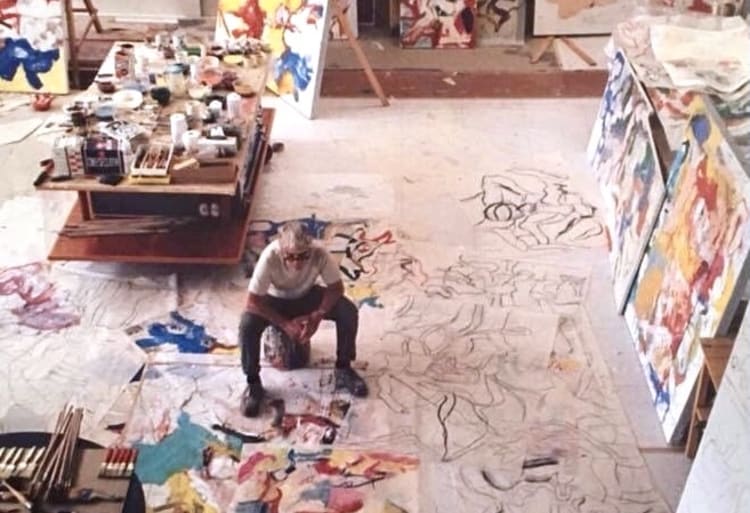Willem de Kooning (1904-1997) was an artist with a strong character, his painting derived from a unique gesture that made him one of the precursors of abstract expressionism.
World famous for his paintings of women, the American painter and sculptor occupies a unique place in the history of art in the 20th century. Discover 7 things to know about Willem de Kooning.

1 - He was born and raised in the Netherlands
Willem de Kooning was born on April 24, 1904 in Rotterdam, Netherlands. He was the son of Leendert de Kooning, a wine merchant, and Cornelia de Kooning, born Nobel, who owned a bar near the port of Rotterdam.
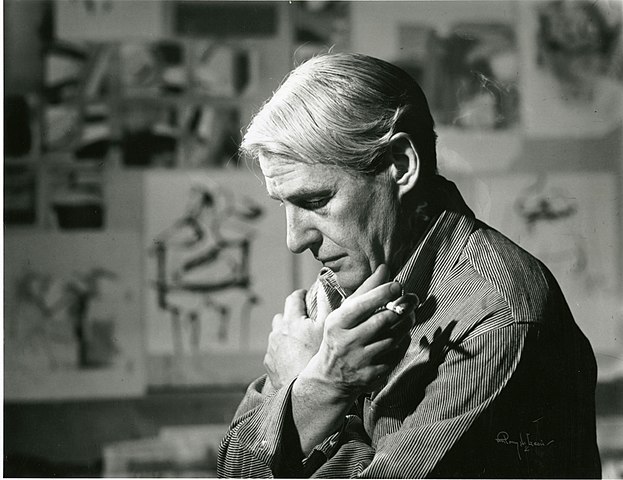
Willem de Kooning photographed in his studio in 1961
Willem was only three years old when his parents divorced. At first, his father got custody, but after some time, he ended up joining his mother and sister.
Read also: 8 things to know about Mark Rothko
2 - He arrived illegally in the United States
After an education at the School of Art in Rotterdam and after working for an interior decorator and designer, Willem de Kooning left the Netherlands for the United States, he was then 21 years old.
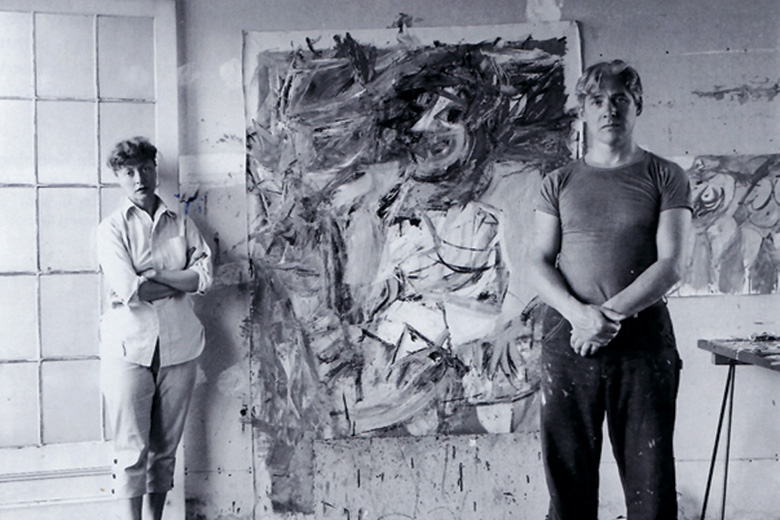
Willem and Elaine de Kooning in 1953
He lived successively in Newport, Virginia, in Boston, and in Hoboken, New Jersey. He finally settled in New York in 1927, where he did a series of odd jobs: house painter, advertising artist...
3 - In 1936, Willem de Kooning chose to fully invest himself in painting
In New York, Willem de Kooning spent much of his time in Greenwich Village, the artist's district of the city, where he met many personalities of the art world: Stuart Davis, John Graham, David Smith, Arshile Gorky, Sidney Janis, Jackson Pollock, Marcel Duchamp...
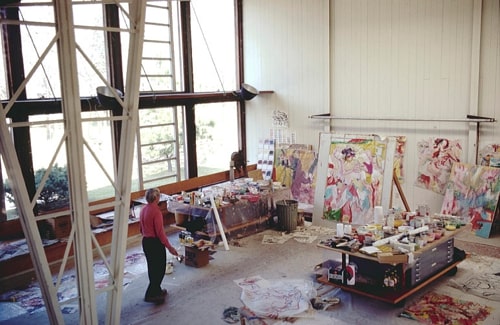
Willem de Kooning focused on his painting
After becoming a member of the Artist's Union in 1934, he decided two years later to devote his life to painting.
Read also: 10 things to know about Frida Kahlo
4 - Willem de Kooning was influenced by Pablo Picasso and Joan Miró
In 1947, Willem de Kooning shared his studio with his artist friend Arshile Gorky. Both were interested in abstraction as well as figuration, Picasso and Miró became beacons for these two painters.

Woman III, Willem de Kooning, 1953
With the advice of his friend Arshile Gorky, Willem de Kooning succeeded in painting "keeping a flat form while giving the idea of volume."
5 - MoMA was the first museum to buy a painting by the artist
The Museum of Modern Art in New York was the first museum to acquire a painting by the naturalized American artist: Painting (1948).

Painting, Willem de Kooning, 1948
In 1950, the director of the MoMA in New York selected several of his paintings to send to the 25th Venice Biennale, the first time Willem de Kooning exhibited outside his adopted country.
Read also: 7 things to know about Amedeo Modigliani
6 - Willem de Kooning's value on the art market
Since his death on March 19, 1997 in his home in East Hampton, the quotation of the American abstract expressionist painter remains at important levels on the international art market.
Since 2000, Willem de Kooning has always been present in the top 100 of the world's most expensive artists according to Artprice, and he was even in the top 10 three times between 2000 and 2020.
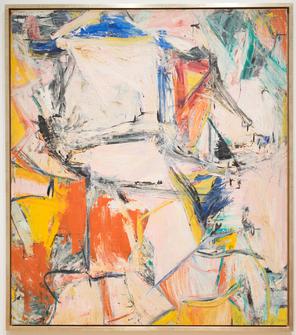
Interchanged, Willem de Kooning, 1955
It is also important to note that Willem de Kooning's painting Interchanged (1955) is to date the third most expensive work of all time, it was sold for $300 million in 2015 in a private sale.
7 - He categorically refused any affiliation to an artistic movement
Willem de Kooning always refused to be affiliated with any art movement: "Style is a deception. [...] It was a terrible idea to try, like Van Doesburg or Mondrian, to produce, from scratch, a style."

Willem de Kooning in the middle of his studio
Despite his firm stance, Willem de Kooning's painting can still be compared to Abstract Expressionism, and some art historians even consider him to be the precursor of this important 20th century art movement.

